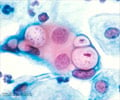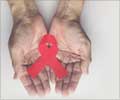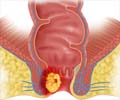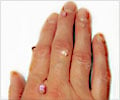- Thappa DM, Senthilkumar M, Laxmisha C. Anogenital Warts – An Overview. Indian J Sex Transm Dis 2004; 25 (2): 55-66.
- Pfenninger JL, Zainea GG. Common Anorectal Conditions: Part II. Lesions. American Family Physician 2001; 64 (1): 77-88.
- Maw R, Geo von Krogh. The management of anal warts. BMJ 2000; 321: 910-11.
About
Anal warts are found in the anal canal or around the anus. Human papilloma virus causes it. Treatment is with medications, surgical removal and removal using cryotherapy or laser.
Anal warts are soft, flesh-colored to gray bumps found either within the anal canal or around the anus. Anal and genital warts are collectively called anogenital warts. The anal canal is the lowermost part of the large intestine through which feces are eliminated from the body. Warts may also be found in the genital area and are called genital warts.
A virus called human papilloma virus (HPV) causes anal warts. It usually spreads to other individuals through sexual contact. Children can get infected through manual contact with adults suffering from warts, however sexual abuse is more likely to be the cause and should be ruled out first. People with reduced immunity such as HIV patients are at an increased risk for HPV infection.

There are a numerous types of HPV viruses. Some types may lead to cancer of the cervix and the anus. The types of HPV that cause warts are the low risk types and do not cause cancer. However, a person may be infected with more than one type of HPV virus. Hence, screening for cancer should be carried out in a patient with anal warts.
A doctor makes diagnosis of anal warts through clinical examination. The warts are treated either by surgical removal or by using various procedures such as cryotherapy and laser therapy. Local application of drugs also helps to remove the warts. Rarely oral drugs may be needed.
















